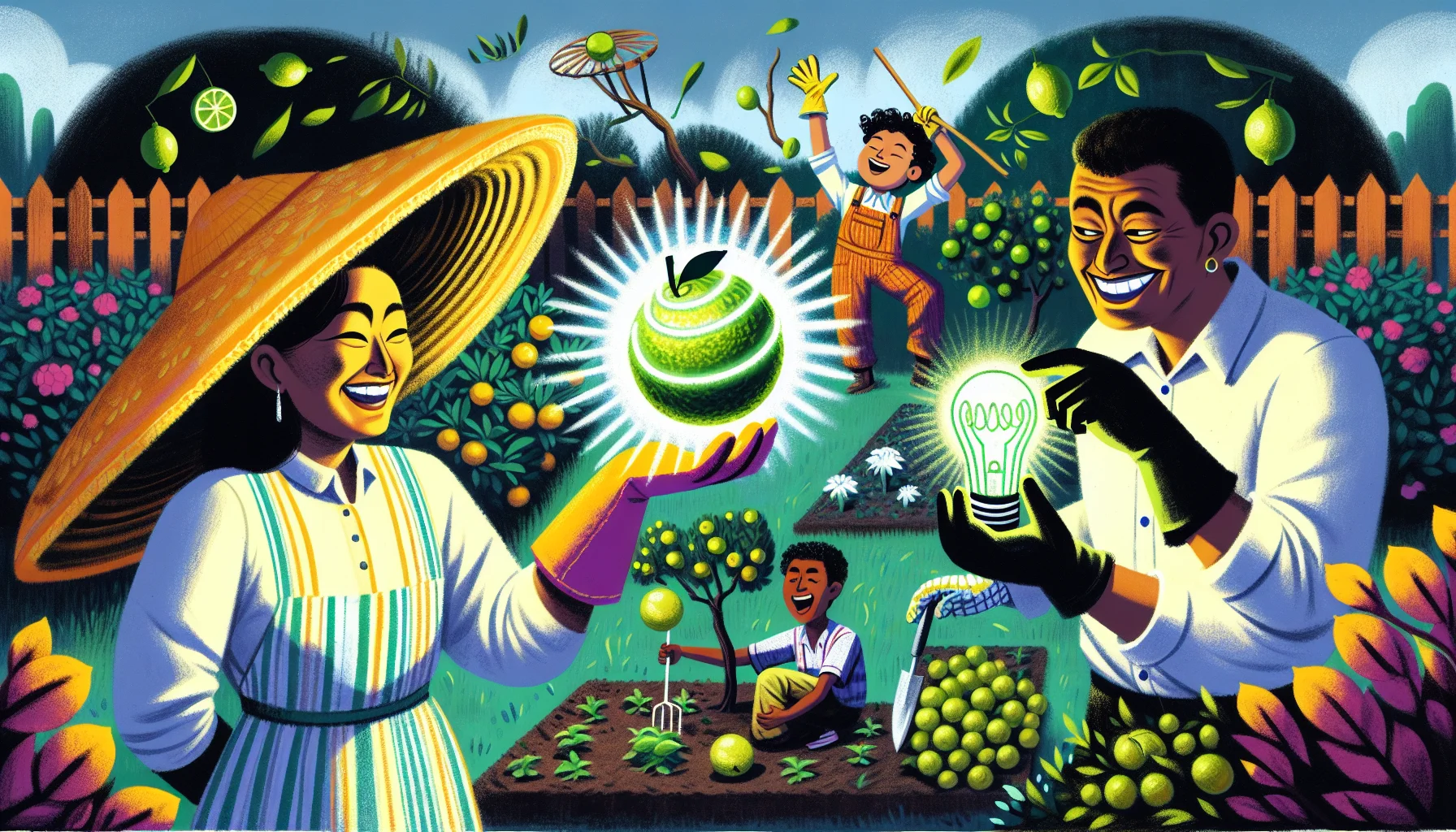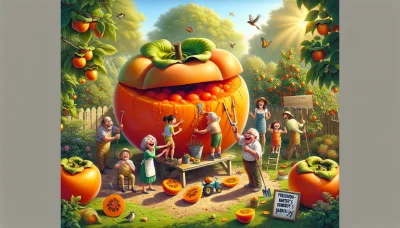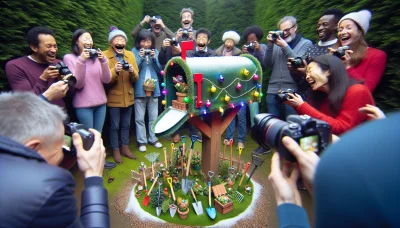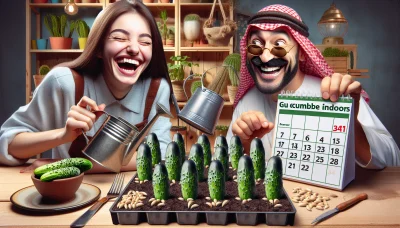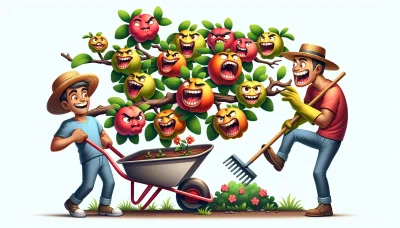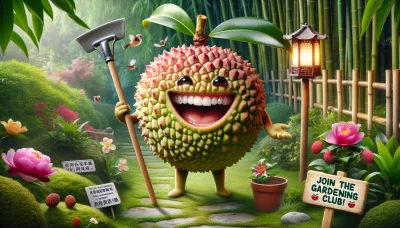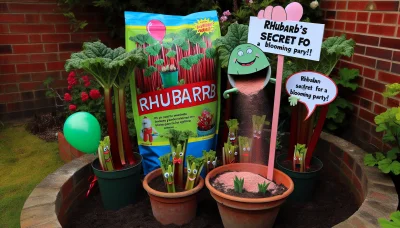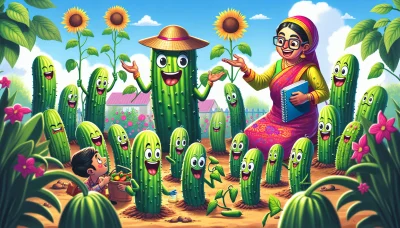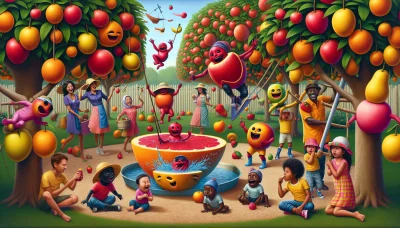Lime uses Quiz
Test Your Knowledge
Question of
The Versatile Uses of Lime in Gardening
Lime plays a crucial role in gardening, primarily by enhancing soil health which in turn, supports optimal plant growth. Its primary function is to adjust the pH level of the soil, making it less acidic. This adjustment is vital because most plants thrive in a slightly acidic to neutral pH environment. By increasing the pH level, lime makes essential nutrients more available to plants, promoting healthier growth. Additionally, lime can improve the physical structure of the soil, increasing aeration and improving water penetration, which are beneficial for root development. Incorporating lime into your gardening practices can lead to more robust and productive plants, showcasing its importance in achieving a thriving garden.
Understanding Soil pH and Lime
Lime is commonly applied to soil to adjust its pH level, which is a critical factor for optimal plant growth. The pH scale measures how acidic or alkaline the soil is, with 7 being neutral. Most plants thrive in a slightly acidic to neutral soil (pH 6.0-7.0). When soil pH drops below this range, it becomes too acidic for most plants to absorb nutrients efficiently. Lime, which is alkaline, can raise the soil pH by neutralizing excess acidity. This adjustment helps improve nutrient availability, leading to healthier and more productive plants. However, it's important to test your soil's pH before applying lime, as too high a pH can also be detrimental.
Types of Lime for Gardening
- Agricultural Lime: Also known as garden lime or aglime, this type of lime is made from crushed limestone and is used to increase the pH level of acidic soils. It helps to make soil less acidic, which can improve the availability of nutrients to plants and promote healthier garden growth.
- Dolomitic Lime: Similar to agricultural lime but made from limestone containing magnesium as well as calcium. It is used to correct specific mineral deficiencies in the soil, particularly magnesium. This type of lime is beneficial for gardens needing both pH adjustment and magnesium supplementation.
- Hydrated Lime: Also known as slaked lime, this type is more concentrated and faster acting than agricultural lime or dolomitic lime. It is used for quick adjustments of soil pH but must be handled carefully due to its caustic nature. Hydrated lime is often used in cases where immediate soil amendment is required.
How to Apply Lime in Your Garden
Applying lime to your garden soil can help correct soil acidity levels, promoting healthier plant growth. Before starting, it's essential to test your soil's pH level to determine if lime is needed. You can purchase a soil pH test kit from your local garden center. If your soil pH is below 6.0, it's usually a good indicator that your garden could benefit from lime application. The amount of lime needed depends on the soil pH and the type of soil in your garden. Sandy soils require less lime, while clay soils need more to achieve the same pH adjustment. After determining the amount of lime needed, evenly spread the lime over your garden soil using a spreader or by hand for smaller areas, taking care not to apply it on a windy day to avoid uneven distribution. It's best to apply lime in the fall or early spring, allowing it to adjust the soil pH before planting season. Water your garden lightly after applying lime to help start the process of soil pH correction. Remember, adjusting soil pH is a gradual process, and it may take several months to see significant changes.
The Benefits of Lime for Plants
- Improves soil structure, making it more conducive for plant growth.
- Increases nutrient availability, particularly calcium and magnesium, essential for plant health.
- Adjusts soil pH to optimal levels, helping plants absorb nutrients more efficiently.
- Prevents certain plant diseases by creating an unfavorable environment for their development.
- Enhances water penetration and retention in the soil, reducing the stress on plants during dry conditions.
- Promotes beneficial microbial activity in the soil, aiding in the natural breakdown of organic matter into nutrients.
Common Mistakes to Avoid When Using Lime
Many gardeners recognize the benefits of using lime to correct soil pH, but common errors can lead to more harm than good. One of the most frequent mistakes is over-liming, which can lead to soil becoming too alkaline, harming plant health. It's crucial to test your soil's pH before application to determine the exact amount of lime needed. Another common error is applying lime at the wrong time. Lime needs time to react with the soil, so applying it just before planting may not give it enough time to adjust the soil pH. The best practice is to apply lime in the fall, allowing it to break down and adjust the soil pH before spring planting. By avoiding these common pitfalls, gardeners can effectively use lime to create a more hospitable environment for their plants.
Lime and Its Role in Organic Gardening
Lime, a naturally occurring mineral, plays a significant role in the world of organic gardening. Derived from limestone, a sedimentary rock composed mainly of skeletal fragments of marine organisms such as coral and mollusks, lime is used to adjust the pH level of the soil, making it less acidic. This adjustment is crucial for organic gardens, as it promotes healthier plant growth by improving nutrient availability and enhancing beneficial microbial activity in the soil. Furthermore, lime also contributes to the structure of the soil, improving its aeration and water retention capabilities. By incorporating lime into their practices, organic gardeners can maintain the health and productivity of their gardens in a natural and sustainable manner.
